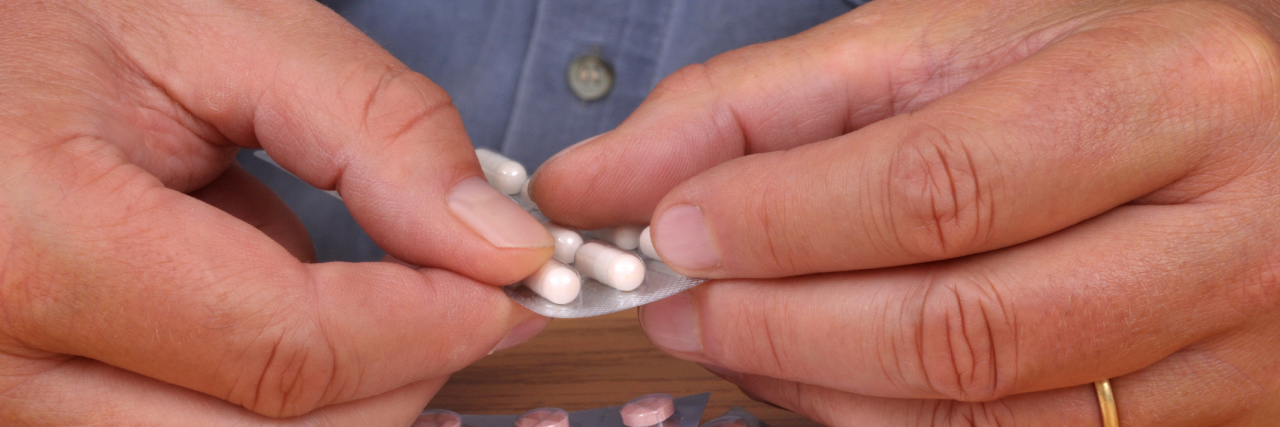The 'Taboo' Type 1 Diabetes Medication: What to Know About SLGT2 Inhibitors
Editor's Note
Please see a doctor before starting or stopping a medication.
Many of you have probably heard of an SGLT2-inhibitor, an oral medication FDA approved for use in type 2 diabetes. Although very effective in blood glucose (BG) control, the FDA has not yet approved treatment of type 1 diabetes with an SGLT2-I. As a type 1, and a physician assistant, I completely understand their reservations, as the use of SGLT2-I in type 1’s has been linked to normoglycemic diabetic ketoacidosis (DKA with normal BGs). Can you imagine DKA with a BG of 120 mg/dl?
Many progressive endocrinologists are still prescribing SGLT2-I to select type 1’s with both caution and a lot of education. Typically, the addition of an SGLT2-I can lead to a reduction in insulin of up to 20%. But when does less insulin become not enough insulin? A deficiency in circulating insulin can increase the risk of DKA, even when BGs are normal! This reduction can therefore be dangerous in conjunction with other behaviors that reduce insulin requirements, such as fasting or a very low carb diet. For the same reason, people who already require low amounts of insulin are not good candidates.
To understand the drug mechanism, we must first understand how the kidneys work. Basically, the kidneys filter glucose out of blood and into urine. That glucose is then reabsorbed back into the blood using a glucose transporter called SGLT2. When BGs are high (greater than 180 mg/dl), the kidneys can’t keep up and glucose spills into the urine, hence the frequent need to pee with high BGs!
Similarly, SGLT2-inhibitors decrease glucose reabsorption by lowering that 180 mg/dl threshold. Glucose then spills into the urine at even lower blood glucose levels. More sugar in the urine means less sugar in the blood and a subsequent decline in insulin requirements.
It is important to note that SGLT2-I’s do not cause lows, but lows can occur with an excess of circulating insulin. Type 1’s suffering from frequent lows can therefore also be good candidates, because less insulin means less low BGs.
Though euglycemic DKA is uncommon, it is the side effect that keeps us clinicians up at night. Other more common side effects include UTI’s, yeast infections and dehydration. It has been linked to bone loss and amputations; however, these are rare and the data is not well supported. Other positive effects include renal and cardiac protection as well as a decline in blood pressure.
Though not yet approved by the FDA, data is still being collected. I started on an SGLT2-I two weeks ago and have seen a drastic change in my control. My insulin needs have decreased by about 10% and my lows are very minimal. I am incredibly happy with my results and will continue to monitor my ketones carefully.
Getty photo by Richard Villalonundefined undefined

